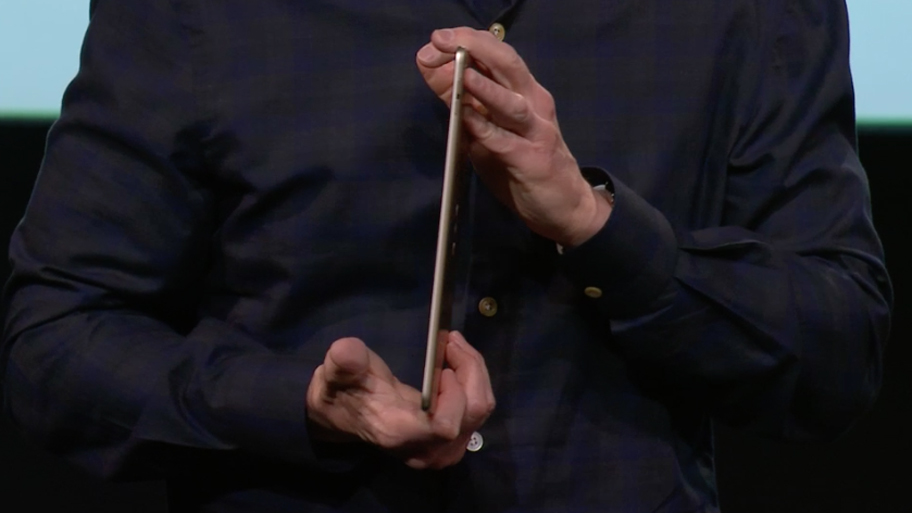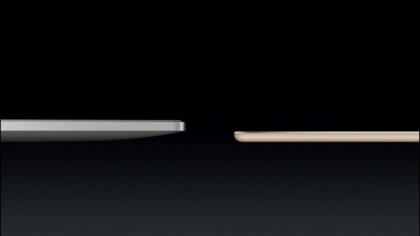Apple's latest thinnovations have scanty appeal
Did the iPad need to be thinner?

Apple, dear heart, I love you tremendously but you fetishise thinness worse than a dreadful old woman-hating fashion designer – and you have to stop it.
When computers were heavier than a neutron star and thicker than a lazy footballer stereotype, thinness was a laudable goal; of course you wanted to slim down the chunkiness of a laptop computer you could barely hold with one hand. Until I used a PowerBook G3 recently I genuinely had forgotten quite what lunking great slabs laptops used to be.
Let's not forget the launch of the MacBook Air (nor forget that the original model was actually a little portly by comparison to today's); this was the ur-ultrabook, and it took the PC industry months even to realise it had to catch up, never mind start producing laptops that did. This was also when Apple gifted the world "thinnovation", a word of which it was apparently so proud that it filed a trademark, despite the rest of the world just finding it thinane.
The MacBook Air was and is an impressively slim laptop, and I use "impressively" quite deliberately. It's arrestingly, perplexingly, beguilingly thin. Once you touch one, even if you've hitherto used Windows, can't afford one, or think Apple users are a herd of slavish, sycophantic sheeple, you will forever after compare other laptops to it. 'Thin' is a big part of that, and Apple's in the business of making us flat-out want the things it makes.
But there does, there really does, come a point where things are thin enough. Now, there's a danger that this stance comes off as reactionary – that I'm the equivalent of a gruff old man in the corner of a pub telling you that a hole in the ground was perfectly good as a toilet when 'e were a lad and why did they have to fancy-up a perfectly good waste disposal solution with 'indoors' and 'drainage' and 'eradicating cholera'.

It's not that kind of transformative change I'm talking about, though. Getting a computer down from four centimetres thick to two makes a huge difference, but getting it from 20mm to 18mm is just willy-waving.
Like all willy-waving, it's designed to distract and impress and yet rarely does – and it's usually done for the wrong reasons. When Apple introduced the iPhone 6, it had a bigger footprint and weighed more than an iPhone 5s, but Apple shouted 'thin!' in the hope we wouldn't notice.
Get daily insight, inspiration and deals in your inbox
Sign up for breaking news, reviews, opinion, top tech deals, and more.
What we did notice is that at least initially it feels a little uncomfortably thin in the hand. What we did notice is that if they'd made it thicker – or even just 'the same thickness as the model it succeeded' – it would have had more space for a bigger battery. What we did notice is that thinner objects can be empirically less robust.
My point is that there are lots of good ergonomic and marketing reasons to make technology slimmer when it's unwieldy, but once a particular slimness is achieved it can actually be detrimental or at least unnecessary to make it thinner still.
I'm sure Apple is much smarter than I am, and I don't doubt that it has very good data and instincts that tell it people really will respond to a thinner-still iPad. But when you brag one year that the iPad Air can hide behind a pencil, and brag the next year that the iPad Air 2 can hide behind a pencil you've laser-shaved a bit off, it does smell a bit like you're struggling to differentiate the new model.
An obsession with thinness isn't healthy, whether it's in technology or in life. In technology it's merely a silly distraction, but that's not behaviour becoming of Apple.